(Note: this article was published in Feb 2013 and modified in May 2017.)
I discussed this with Mark Frieser, a contributing writer of Billboard.biz and founder of Sync Summit. This was originally part of a series of interviews on Billboard.biz, where he has been working on the “possibilities of music licensing business,” and the article below has already been pre-published on the Sync Exchange and Music2Deal websites.
While we comprehensively covered many topics about the music licensing business, these are based on what I’ve actually experienced and learned for years. I hope this article will be helpful for independent musicians and publishers who are exploring the possibilities of the music business on a daily basis.
If you’re interested in Mark’s other interviews with Gerald Casale (Devo), Martyn Ware (Heaven 17), Mathew Knowles (Music World Entertainment, and Beyonce’s father), etc., check out his Billboard.biz and Sync Summit pages. The invaluable interviews with these music industry greats should be helpful for you as well.
Part1
(To Read Part 2 of the article CLICK HERE)
Contents
What’s happening in the music licensing business now
Mark: Thanks for taking the time to speak to me today. Now, let’s jump right in and talk about licensing. What is your general view of the marketplace as an independent artist and producer?
Tatsuya: Well, I think we’re doing business in a very exciting time. There’s a great deal of market evolution in terms of business models and the scale of the market that are creating both challenges and opportunities for artists.
And speaking of evolution, how has the sync licensing market changed since you started in the music business?
When considering a lot of potential opportunities in the music business, the future doesn’t really look so bad. Suppose you, like me, are an independent songwriter and have an entrepreneurial and positive attitude. In that case, you will agree that the evolution from a physical to a digital market has given musicians more opportunities globally and locally. Specifically, regarding music licensing, or the B2B side in the music business, it has become easier for songwriters to connect directly with licensees (music supervisors, clients, etc.) or to find licensing companies who facilitate us with licensees. I can say the situations are changing in favor of independent musicians and labels.
And what digitally-based tools do you use to connect with potential licensees of your music?
The Internet offers many licensing services, music libraries, and knowledge-based resources, which are good starting points for networking and connecting with buyers. However, artists must carefully vet potential buyers to ensure they’re credible and professional and can work with their way of developing music and their preferred way of doing business.
Offline, there are many traditional resources—conferences, festivals, seminars—that are excellent ways to connect with potential buyers. Whatever resource you use—and you should use every opportunity at your disposal—it pays to do research and planning beforehand, including working on your production skills and educating yourself on how the music licensing and copyright business works. Ultimately, the more you educate yourself, do research, and network, the more potential there is for positive results.
So let’s discuss the issues in the current market – what do you think is wrong with it?
I wouldn’t say anything is wrong per se. What I do think is that there needs to be more transparency for royalty collection for rights holders, especially regarding international operations (regardless of media type) and streaming services. While we could say the former is a traditional issue and the latter more current, both issues are too complicated to be solved quickly.
When it comes to international royalty collection, overseas societies such as PROs (performance rights organizations) or MROs (mechanical rights organizations) often cannot identify who owns what, and as a result, the rightful owners do not get paid their fair share.
And why do you think there is so much confusion in confirming ownership?
Several reasons include incorrect registration by copyright owners, a lack of licensees submitting cue sheets, and human error. Also, overseas societies are often too busy to pay attention to international operations. In any case, the best thing is to be as conscious as possible about tracking the use of your music and build a good relationship with your licensees, PRO/MRO, and primary and sub-publishers to have the best possible idea of what is happening. No matter how technology evolves (such as digital fingerprinting), that’s still crucial.
So, how does this affect the way you do business?
Even though the music licensing business and general music services have evolved, the basic rules of copyright haven’t kept up with the innovation, not to mention what’s happening with some music streaming services. In a fast-moving market, sometimes the players can change the rules of the game before they have a chance to react.
Musician’s career development – from the standpoint of music licensing
Now, let’s talk about your career in particular – how important is licensing and placement to you in terms of exposure and revenue?
Music licensing is one of the most essential parts of my overall business. It has been a stable, growing part of my total revenues for more than a decade and accounts for over half of my total income, including performance royalties. As you may know, my local (Japanese) market is quite different from the US market in terms of licensing business. Although there are fewer opportunities for sync placements, we can secure a certain amount of performing and mechanical royalties. When it comes to sync licensing deals, the majority of my achievements come from the US and other countries. And this is my latest focus.
And what about exposure and audience building? How has licensing your music allowed you to build and retain your audience and get exposure for your music?
I have never considered sync placements a primary way to build my fan base, but many of them have helped me reach new audiences and solidify the relationship with my existing fans. Some TV commercials in which my artist names were credited worked well.
For example, in the US, my latest project Dark Model’s track “Oath (Dubstep Remix)” was licensed and featured with its artwork in a 2013 Verizon Wireless (NYSE: VZ) TV commercial. Together with this, a ringtone version of the track was exclusively released on the Verizon online store. From what I have seen, the music placement and the exposure of the artist’s name have helped me greatly to generate recognition and interest from an entirely new audience in the US. Specifically, it worked for those who were crazy about edgy hybrid (=orchestral electronic) music and EDM (Electronic Dance Music) such as dubstep or glitch electronica.
Also, Forever 21’s campaign video featuring Captain Funk’s “Piece of You (feat. Meri Neeser)” helped me not only get exposure to audiences in the US but also add a fresh image to my artist brand through its association with the apparel brand.
For a more seasoned example, consider the film “Monday” (director: SABU), which featured several tracks from Captain Funk. This placement was a pivotal moment in my career, connecting me with the movie’s fans and giving my name and music a platform for recognition at the early stage of my journey. With the film’s distribution in numerous European countries, my music reached a truly international audience.
Additionally, the inclusion of Captain Funk’s “Boogie Electricland” in Sony Mobile Communications’ TV advertising campaigns further expanded the album’s reach, introducing the song to a broader audience.
Has the licensing of your music led to your getting more licensing deals based on someone hearing your track?
Yes. I believe sync placements you achieve, as long as the music and how it’s used there reflect your strength as a musician appropriately, could bring you a knock-on effect that increases your opportunities. Even if you don’t have a mainstream hit or you serve a niche market, having your music placed in high-quality media projects can give you credibility as a professional music producer. It is not uncommon for a music director or supervisor who heard your music featured in some placements to contact you for his project.
Also, the Internet has made it easier for people to find your music. I often get inquiries and offers from potential licensees who came to know my music through the past placements. It’s up to me to make sure I keep up-to-date on new opportunities.
Music licensing business in Japan – the tendency and the difference
So tell us – what is the average deal like in Japan versus the US?
Speaking of sync licensing deals in Japan, they are very different from those in the US. In the Japanese market, unlike music publishers and record labels in the US, there are few occasions where they can negotiate directly with licensees. This tendency occurs probably because JASRAC (the major PRO in Japan) can handle synchronization rights in addition to performance and mechanical rights, i.e. in a “one-stop” way. If you want to get more into how sync licensing works in Japan, I would recommend you check out a couple of the articles I wrote on my blog.
Differences in Sync Licensing between Japan and the US -Part 1-
Differences in Sync Licensing between Japan and the US -Part 2-
And what was the most interesting/successful licensing deal you’ve done?
It wasn’t a licensing deal technically, but more like an overall “sponsorship” campaign of a major global cosmetic brand. The campaign didn’t only include my music in their commercials but also allowed me to organize their event featuring my name. Over the period of a couple of months, it worked almost like a tie-in campaign and brought me massive attention from the audience.
From its early stage, I was involved in every part of the campaign with the client and the advertising agency, including marketing, event planning, performance, media planning, making a movie for a TV spot, and, of course, licensing my music as its theme song.
It meant a lot to me that they gave me a chance to have a comprehensive relationship with the brand. That helped me to understand how music contributes to a branding campaign and how to work with a team to make it successful.
Moreover, this experience broadened my view on the music business as well. That is to say, I learned how I could/should make my music work and monetize it.
What music types are demanded in licensing deals – in Japan and the US
So what are the most popular types of music that are licensed from your library – both locally and internationally?
In Japan, I’ve had a fair amount of success with recent Captain Funk tracks (electro-rock, synth-pop type) in advertising campaigns, while the early ones (big beat, breakbeat type) are still frequently played on broadcast TV programs. Some music directors told me Captain Funk’s music had been one of the most demanded and used on broadcast TV for over a decade, both as a theme song and background music.
Speaking of what types of music are popular in my catalog, fun and hooky electronic music is the most demanded. My music has frequently been used in Japanese TV programs, especially in entertainment, comedy, and reality show programs. Japanese TV directors and music supervisors prefer light or pop electronica and tend to avoid heavy EDM such as dubstep/drum’n’ bass.
However, the situation is different when it comes to TV commercials in Japan. First, there are fewer sync licensing deals in Japan than in the US. Japanese clients sometimes feature a new track of famous artists for their TV campaigns, but most of them fall into a “tie-in” promotion where the licensors don’t charge their licensing fees.
Also, as a tendency of Japanese commercials, clients don’t really go after music trends, preferring to stick more to a total (marketing) concept for their campaigns. Although I have been involved in a lot of TV commercials, I’ve rarely been asked to consider specific music styles or refer to others’ music by creative directors and producers (by the way, a position like a “music supervisor” doesn’t exist). They see me more as a part of the “creative team” than a composer just providing or licensing music to a client. As far as Japanese commercials go, it works much better to produce music from scratch than to embed pre-existing music.
What about the rest of the world?
In the US and the rest of the world, there are obviously some trends and fixtures in licensed music. What I think is popular is energetic and anthemic indie rock, dreamy pop electronica, quirky acoustic pop, epic trailer music, glitch electronica, minimalistic modern classical, etc.
Diversity works a lot in Japan as well, but there is a huge difference in how it works. Unlike Japan, in the US and Europe, stocking a broad range of “pre-existing” & “pre-cleared” music tracks means a lot to music licensing. Music supervisors and licensing companies are constantly seeking music that can be cleared “right now” and are ready for use. Frequently, they even ask for stems or just one shot of the track. And you never know who will want what kind of music from your catalog. I think this is rewarding if you are a prolific composer.
When it comes to my music placements, my latest project, Dark Model’s music, focusing on edgy hybrid/orchestral electronica, seems to be in high demand. Dark Model’s music has been licensed and used on Hollywood movie promos such as “Elysium (2013)” and “The Paperboy (2012)” as well as advertising campaigns in the US as diverse as Verizon, Lexus (the clip below), and Oakley to name just a few.
Sync Exchange “Creating a Successful Licensing Business as an Independent Musician (Part 1)”
(Part2)
Music2Deal Interview page

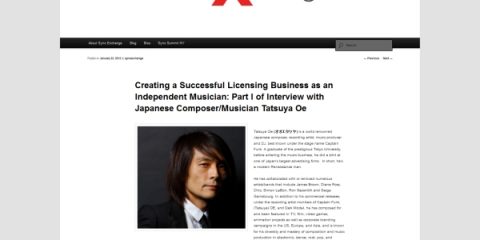
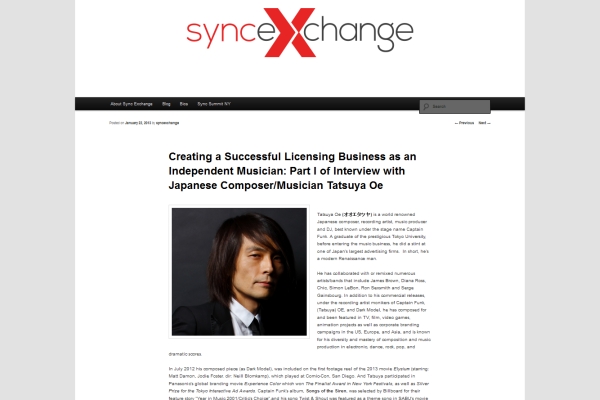
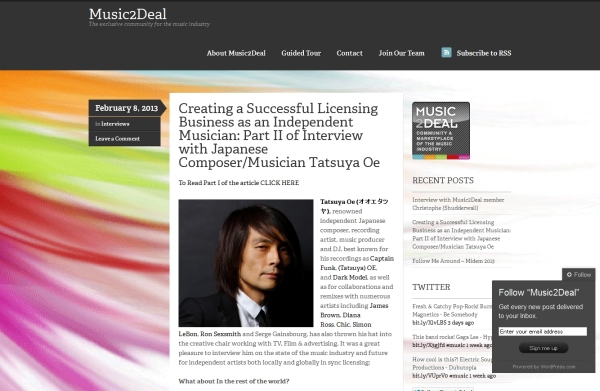





 What are the Numbers Game and Waiting Game? Talk about how t
What are the Numbers Game and Waiting Game? Talk about how t  My personal story of bootstrapping an independent music labe
My personal story of bootstrapping an independent music labe 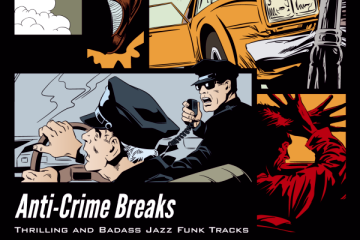 The album "Anti-Crime Breaks" features robust and
The album "Anti-Crime Breaks" features robust and 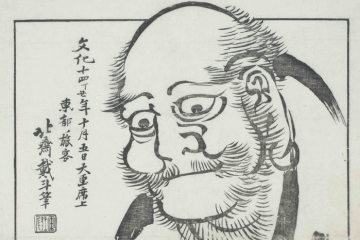 Exploring the power of prolific creation through artists lik
Exploring the power of prolific creation through artists lik 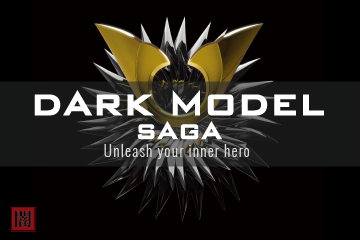 Here is the making of Dark Model’s new track "Rage and
Here is the making of Dark Model’s new track "Rage and 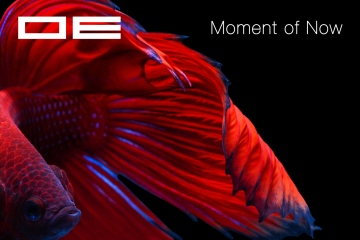 Zero in on Now “Moment of Now,” the fifth album of OE’s Zen-
Zero in on Now “Moment of Now,” the fifth album of OE’s Zen- 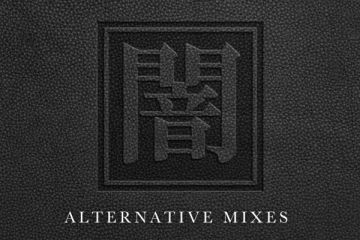 Uncover the ‘Hidden Best Album’—packed with fresh, surprisin
Uncover the ‘Hidden Best Album’—packed with fresh, surprisin 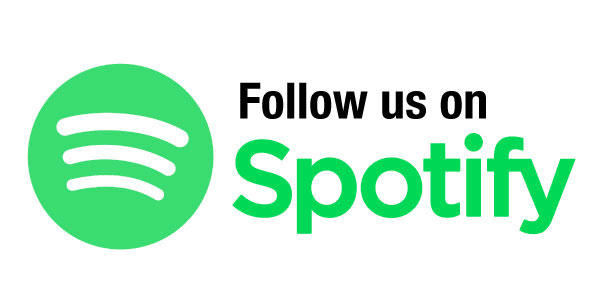 We just have created our Spotify profile, which has many pla
We just have created our Spotify profile, which has many pla 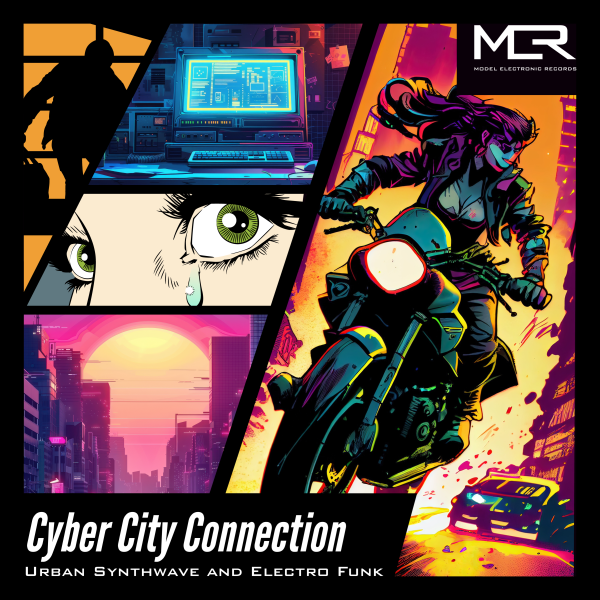 The 8th release under the MER moniker by Tatsuya Oe (Captain
The 8th release under the MER moniker by Tatsuya Oe (Captain 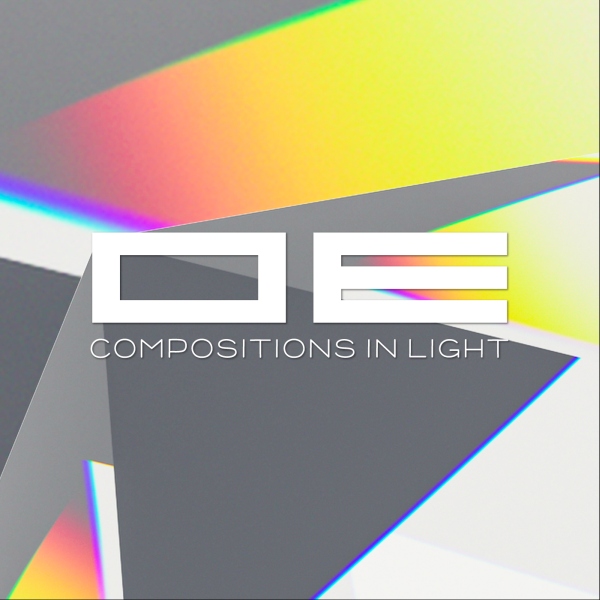 Minimalism and grooves weave the interplay of light and shad
Minimalism and grooves weave the interplay of light and shad